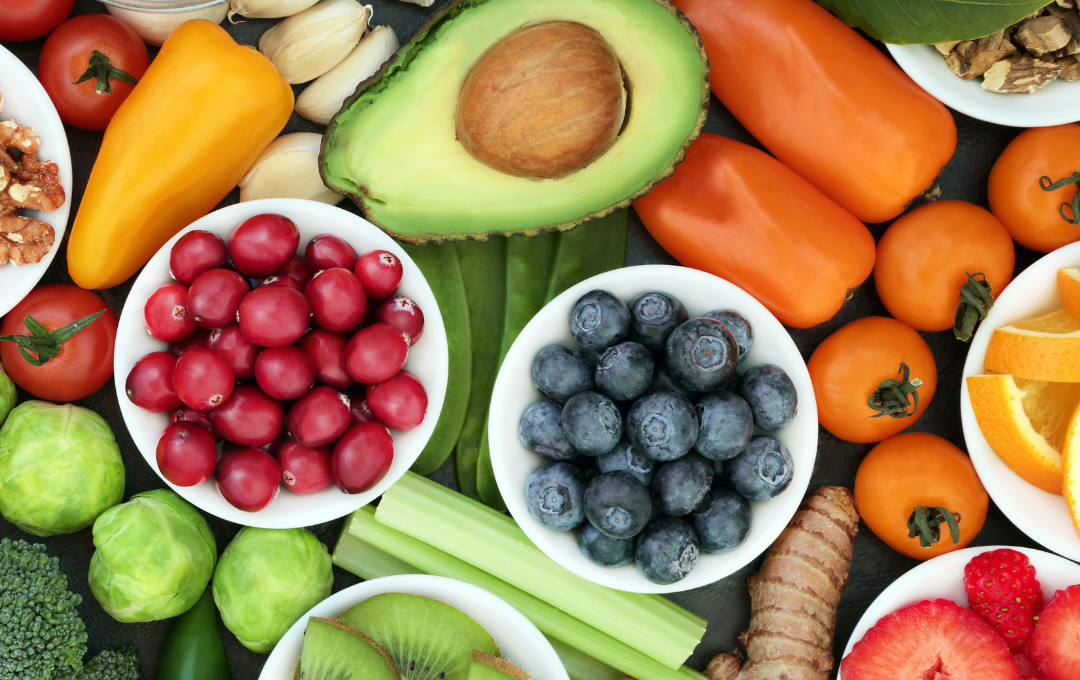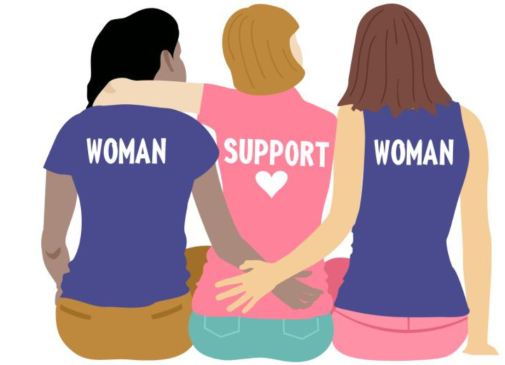
The best way to prevent most chronic health conditions is a healthy foundation. That involves eating well and living an active lifestyle. The question remains, “Can you prevent or reduce fibroids with diet alone?” There is a wealth of anecdotal accounts of people curing their fibroids with supplements, miracle foods, or a specific diet. The reality is there are no peer-reviewed medical studies that support this. While the exact cause of what causes fibroids to develop is not fully understood, studies suggest genetics and prolonged exposure to estrogen may increase a woman’s risk of developing fibroids. However, approximately 70 to 80 percent of all women will develop fibroids by age 50. But don’t let that deter you from making healthy lifestyle choices.
What are fibroids?
Uterine fibroids are muscular benign tumors that develop within the interior or exterior of uterine walls. While they are not malignant, they can cause severe symptoms, such as prolonged heavy menstrual bleeding, anemia, severe cramping, and a distended abdomen. They can range in size from barely perceptible to the size of a melon.
Risk factors also affect who is more likely to develop uterine fibroid disease. The risks include:
- Family history of fibroids
- Obesity
- Early onset of puberty
- Age – more likely over age 30
- High blood pressure
- Vitamin D deficiency
Risk-Reducing Lifestyle Adjustments
Obesity
So, what steps can you take to reduce risk or manage symptoms? Obesity is a common risk in multiple health conditions. Being overweight or obese means too much body fat. Body mass index (BMI) is the calculation used to determine weight in relation to your height. A BMI of 30 or more is considered obese. Carrying excess weight may also trigger overproduction of the female hormones estrogen and progesterone. Both hormones can trigger fibroid growth. Reducing excess weight or maintaining a healthy weight and regular exercise can balance hormones. Alcohol consumption can also increase weight and estrogen levels. Cutting back or abstaining can make a difference.
High Blood Pressure
High blood pressure is called the ‘silent killer’ because it often has no symptoms. Sometimes the symptoms, such as blurry vision, fatigue, and headaches, are attributed to other causes. High blood pressure is associated with heart disease, heart failure and stroke. Exercise, reducing salt intake, getting enough sleep, and eating a variety of vegetables and fruit are natural ways to control blood pressure. However, it is still necessary to get regular screenings during doctor’s visits.
Vitamin D
A simple blood test can determine if you have a vitamin D deficiency. Vitamin D levels can be tested during a blood screening. Taking a multivitamin daily is recommended to keep all of your vitamin levels in a healthy range.
Exercise
Most Americans live a busy lifestyle. Between sitting at desks for hours typing into computers, sitting in cars for long commutes or taxiing children to and fro and scrolling on mobile devices for hours on end, are we really active? All of those things create tired bodies, but they don’t create the necessary movement to build strong muscles and burn calories. Creating a life that minimizes chronic illnesses has to include exercise. Find things that you love to do that will be easier to incorporate into your schedule. Something as simple as walking can make a huge difference in your overall health.
What Should You Eat?
As mentioned before, no scientific evidence confirms supplements or diet can reduce or eliminate fibroids. However, some foods may cause fibroid symptoms to worsen or put you at higher risk of developing them:
- Higher fat cuts of red meat
- High-sodium processed meats
- Any highly processed foods
- Excessive sugar
- High sodium foods
- High-calorie, nutritionally deficient foods
There are a variety of foods that can minimize fibroid risk or symptoms while boosting overall health.
- Green leafy vegetables like spinach, lettuce, and broccoli
- A variety of brightly colored fruit and vegetables
- Beans and legumes
- Fish, especially oily ones like salmon or tuna, are high in Omega-3
- Lean meat like chicken or turkey
- Foods rich in Vitamin D, like low-fat milk and eggs
- Whole grains
- Potassium-rich foods like kiwi, bananas, tomatoes, and avocado
- Green tea
You Are Still Having Symptoms
What are your next steps if you already have a healthy lifestyle and diet? Unfortunately, most women will develop uterine fibroids at some point. If you are experiencing debilitating symptoms like bleeding through sanitary products in less than two hours, large clots, excessive menstrual cramping and anemia, visit a fibroids specialist- including an interventional radiologist. Learn about all the various options to make the best decision for you and your lifestyle. Also, hysterectomy isn’t your only option. There are nonsurgical minimally- invasive options like uterine fibroid embolization (UFE).
Think you might have fibroids based on these symptoms?







